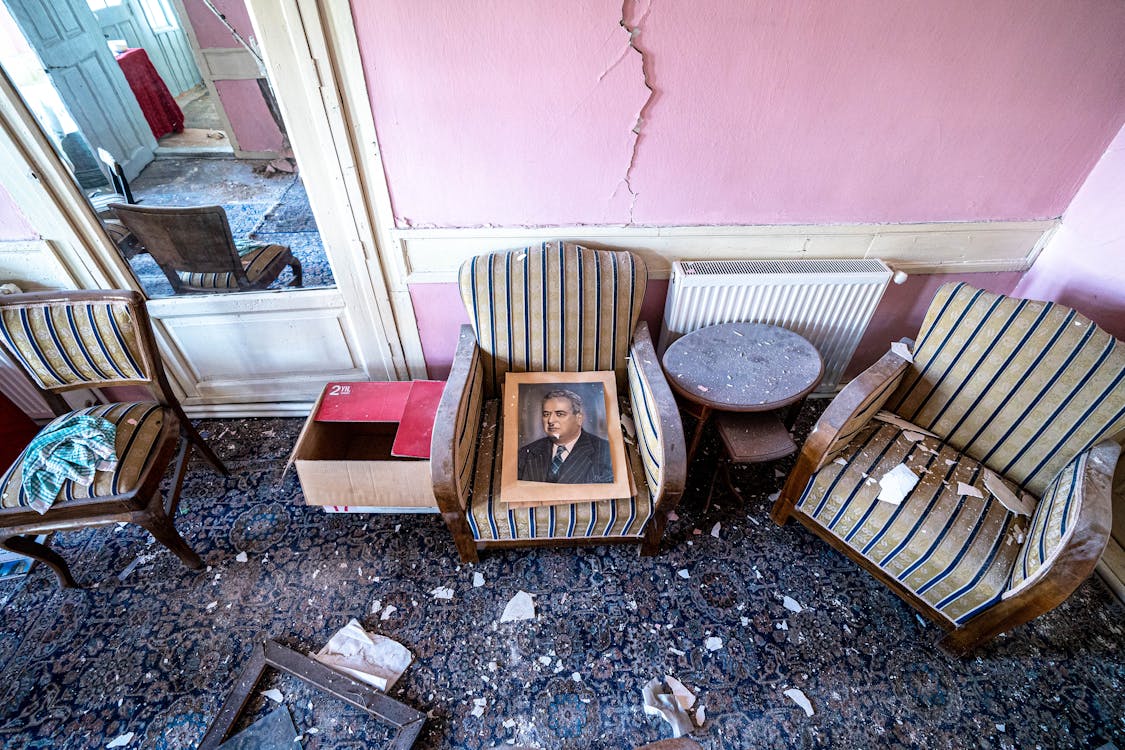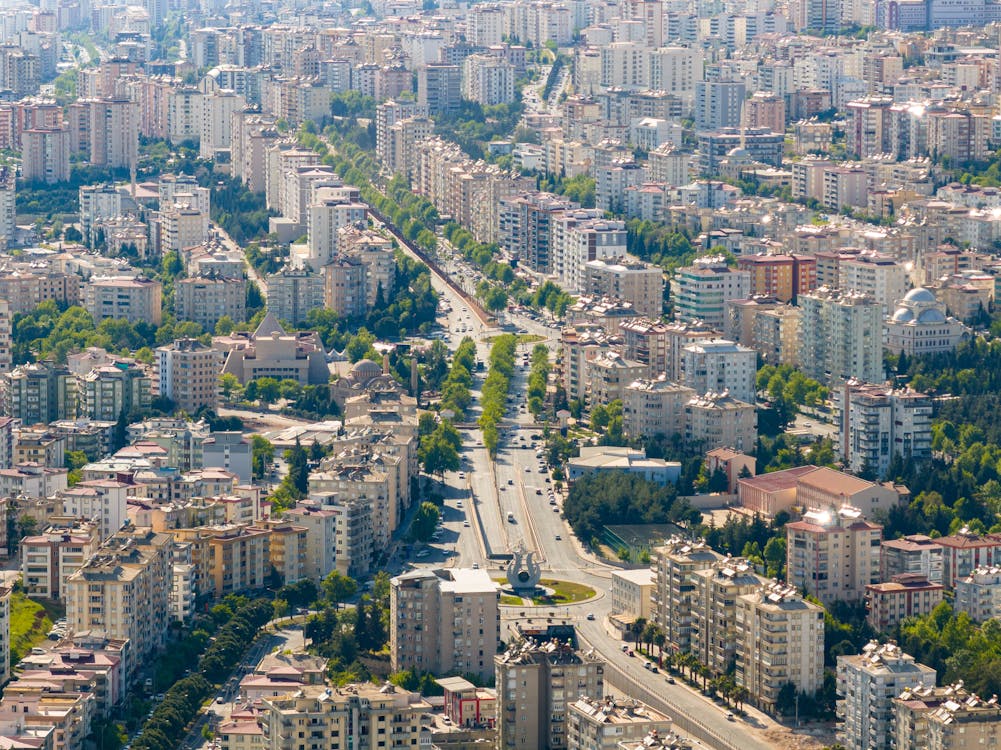How to Protect Your Home Before an Earthquake
According to the National Earthquake Information Center, the earth experiences more than 20,000 earthquakes per year. Which is, around 55 each day all over the world.

Earthquake preparedness is necessary wherever you live. But it’s more so if you live in areas with a higher propensity for seismic activity. As humans, we get very little warning before the ground starts shaking under our feet, so what exactly should we do?
Being ready at all times is essential, and it starts with safeguarding your residence. Read this guide through. It would tell you everything you need to know on how to protect your home before an earthquake.
Common Causes of Injuries During an Earthquake
Understanding the threats is the key to safeguarding your home. Let’s analyze the main causes of injuries during an earthquake.
Falling objects
As the walls start moving, many structures become loose or unstable and fall. Shelves, chandeliers, lamps, pictures, and furniture can topple down and cause injuries.
Debris
Broken glass shards, wood debris, or sharp-edged ceramic parts from a broken vase are all serious threats if you run around a house full of these objects. Walking or falling on a floor full of debris is an open invitation for cuts, lacerations, and serious injuries.
Fire
Gas leaks, sparks, exposed wiring, or upturned appliances can all cause fires during an earthquake. Managing a fire during a natural disaster is extremely difficult, so it’s best to eliminate or minimize all causes beforehand.
Structural Collapse
Intense shaking of a building could cause failure in its more vulnerable parts. In extreme cases, the whole building collapses. This is more common in old or non-compliant buildings.
While it’s not the direct responsibility of homeowners or renters to inspect and fortify their homes, they can still make sure that they’re living in safe homes.
25 Essential Steps for Earthquake Preparedness
Now that we know the main threats, let’s address them to keep your homes safe in an earthquake.
Secure Your Furniture
- Bolt heavy furniture to the floor. This applies to large cabinets, bookcases, and dressers. If they contain glass doors or loose drawers, make sure to lock them or strap them.
- Anchor wall-mounted bookcases and shelves with sturdy L-shaped brackets. You can also use seismic straps to keep them in place.
- TVs, computers, and mirrors are particularly challenging, so fortify their mounts. Use earthquake-resistant brackets, and make sure they’re secured into counters, studs, or hardwalls.
- Latch all cabinet doors or drawers to make sure their contents wouldn’t spill out. This could cause a tripping hazard, or if something breaks, it could also cause injuries.
- Check all the joints of cabinet doors. If any of them are loose, tighten the screws, or change the joints.
- Prevent your rugs from slipping and keep them in place using anti-slip mats and underlays. This is a generally good practice, as it makes vacuuming easier and minimizes tripping. But during tremors, it could be lifesaving.
Remove or Strap Lightweight Objects
- Framed photographs, paintings, and bathroom mirrors mostly fall off during an earthquake. This could be particularly serious if they’re hanging over a bed, or a sofa in a living area.

If you’re in a location prone to frequent tremors, keep these decorative items to a minimum. Avoid hanging pictures in seating or sleeping areas. The existing mirrors or pictures need to be mounted with earthquake-resistant hardware.
- Install shatter-proof window film. This is one of the most effective ways to minimize window breakage. In the event that it does, the shards wouldn’t be flying every which way causing an injury hazard.
- Relocate fragile items. Remove breakables from open shelves or small loose drawers, and place them into more secure storage. Lower cabinets are a better option.
- The same applies to flammable substances, chemicals, weed killers, pesticides, or cleaning detergents. You wouldn’t want these canisters spilling all over the floor during an earthquake.
- When chandeliers or ceiling-mounted lamps fall, they do that with a bang and tons of sharp debris. The best thing to do is to secure light fixtures in place. Use thick chains or braces to make sure they won’t come off.
Inspect House Structures and Utilities
- If you own your house, solicit the services of a specialized contractor to inspect the soundness of the house structures. This is especially important if the house was built prior to 1980. If you’re a renter, you can ask the landlord for an inspection report.
- Make sure that you have residential earthquake insurance. In case damages happen, this would save you from paying for all the repairs.
- Old houses, or non-compliant houses, lack the structural soundness to withstand high seismic activity. Some structures require retrofitting and enhancement to avoid failure. This includes weak foundations, unreinforced masonry walls, and aging utilities.

- Upgrade foundation bolting if it’s been in place for more than 10 years. Some structures appear to be sound, but materials show signs of fatigue when they get old. They become less sturdy and fail under lower stress levels.
- Install earthquake-resistant braces for doorways, windows, and even for vulnerable walls.
- Add bracers to water heaters, AC units, and refrigerators if needed. Check the local regulations to be on the safe side.
- Maintain your roof and gutters. Any cracks, loose fitting parts, or damaged segments, can become a real hazard during an earthquake.
- Learn how to shut off all the utilities, if needed. Usually, you need to shut off the gas, as this poses the highest threat. You might also have to turn off the water and electricity mains.
Prepare for Emergencies
- Assemble an emergency kit. As a minimum, this should include the following:
- Food and water supply for at least three days
- Pet food and supplies for a week
- First aid materials for cuts, burns, fractures, and allergies
- Essential medicine for any family member with chronic illnesses
- Sanitary products for personal hygiene
- Flashlights with extra batteries
- Important documents
- A small old-school radio
- Keep fire extinguishers readily accessible. Make sure they’re functional and well-maintained. If possible, avoid changing their location, and let everyone in the house know where they are.
- Create an earthquake emergency plan. Define clear roles for all house residents, specify proper evacuation routes, and explain how to regroup under any circumstance.
- Educate your family on earthquake preparedness. Explain to younger children what is causing the tremors and what they need to do. Conduct all-family drills to make sure everyone knows their roles and responsibilities well.
- Document your belongings. Take photographs and videos of your apartment at regular intervals. These could be invaluable if you need to file an insurance claim.
- Stay informed and follow a local broadcast for updates on any seismic activity. Earthquakes are unfortunately hard to predict, and residents only get an instantaneous warning for going into emergency mode.
Final Thoughts
Remember that earthquake preparedness is an ongoing process, rather than a one-time event.
Sometimes, we’re affected by the devastation we see after an earthquake in some region, or we watch a natural disaster movie that’s a bit too realistic. This could motivate us to make some lifestyle changes to make our homes safer during an earthquake. This is not enough.
Earthquake readiness should be more than a momentary emotional reaction. Keep your supplies intact, review your house fixtures and appliances, check your insurance, and most importantly; make sure your house has a sound structure.

Remember to share your preparedness plans with your family and any other house residents. If they know what the process is, they would be less anxious and more agile. Your home shouldn’t be a vulnerability. Safeguarding and taking proactive steps can turn it into a safe haven, even during an earthquake.




